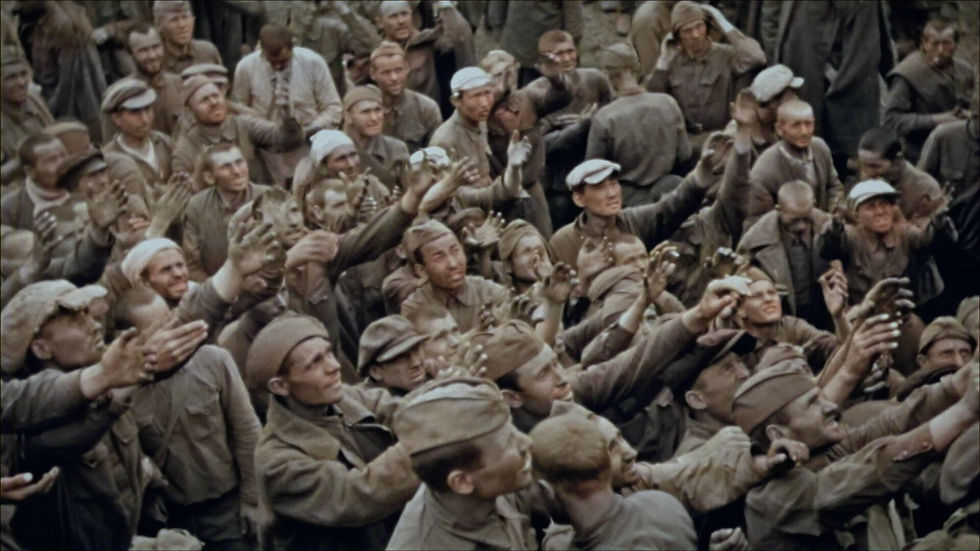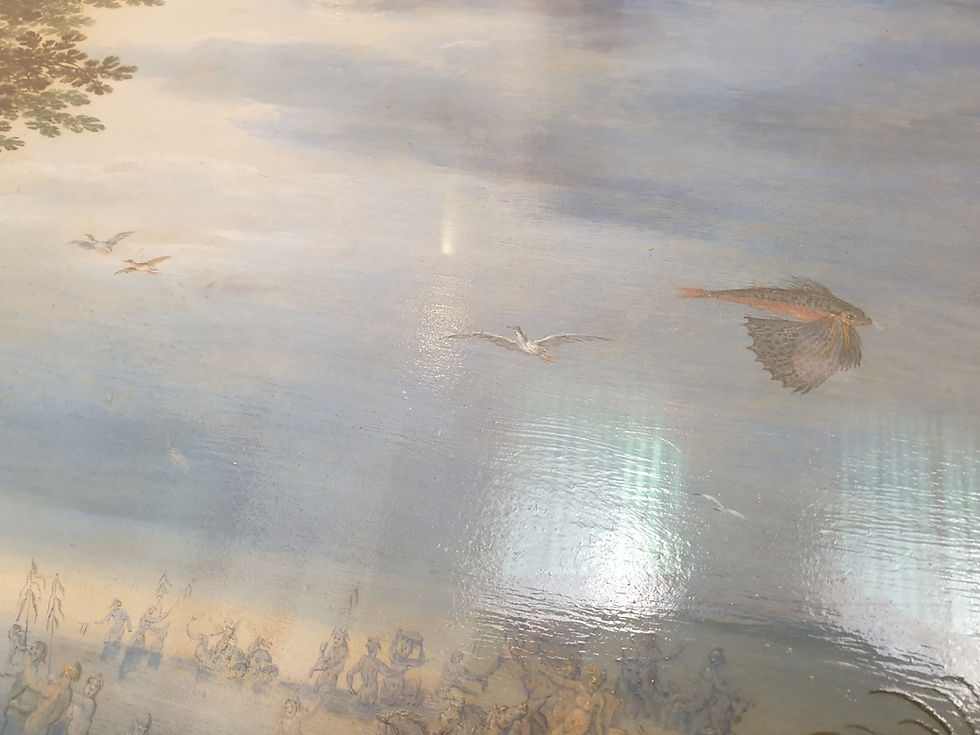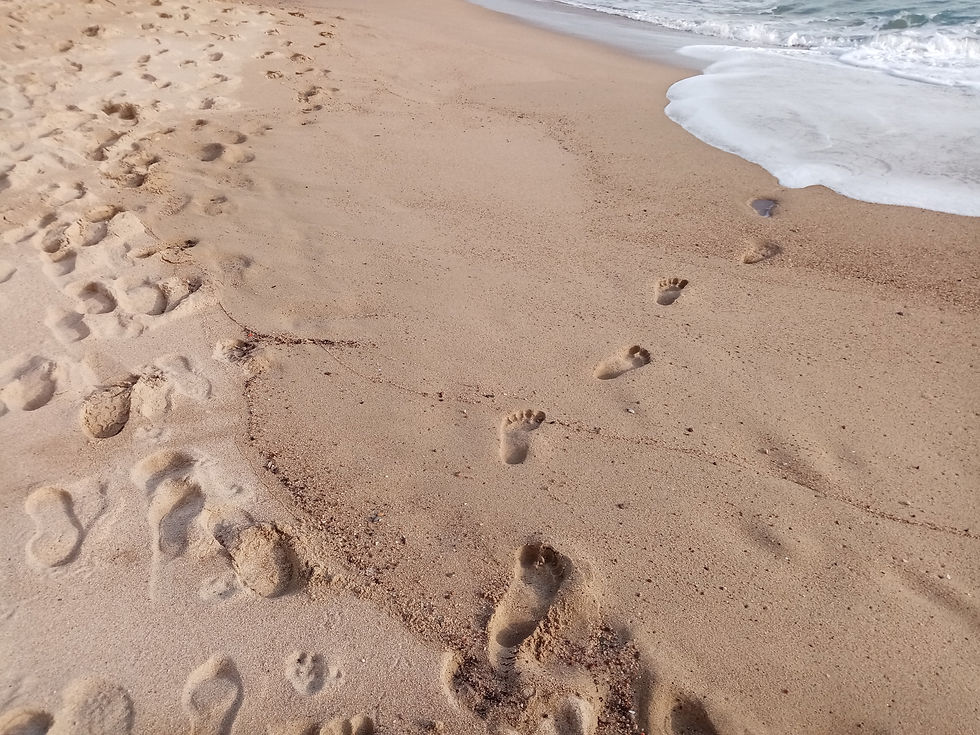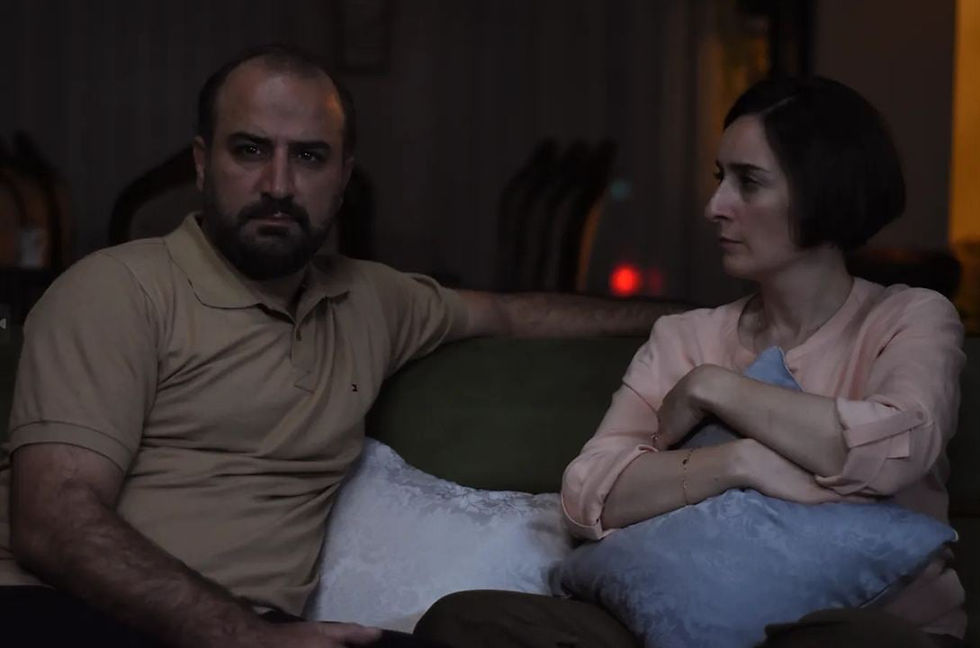Cinema critique essay series“DOCUMENTARY FILM SEASON ESSAYS” THOUSANDS OF BINOCULARS
- Marina Drozdova

- Aug 24, 2022
- 2 min read
In the current documentary films season, those films in which other worlds look at us, at our human world (if it is still ours), or at our modern world (from the past) are especially interesting. These are films of different genres and different themes.
The French film «Vedette» (Claudine Bories, Patrice Chagnard) is an observation shot in an Alpine village: a house, a barn where the cow Vedetta lives (her name means "star of the show"), mountain ranges and pastures, fog and snowfall. The main character is the cow Vedetta. She listens to the conversations of her owners (farmers - mothers and daughters), for whom Vedetta is a member of the family and the essential part of their existence. Vedetta looks phlegmatically at the troubles of the filming crew. She reflects and thinks about the future. The director, meanwhile, reads the texts of the philosophers to her, and Vedetta listens. «The life of a cow in natural world», as a result, turns out to be worthy of high poetry and drama: in the words of Shakespeare, “There is nothing good or bad, only thinking makes it so“.

«Turn Your Body to the Sun» (Dutch filmmaker Aliona van der Horst) is a very different story. An amazing example of historical documentary: a kind of cinematic organism, growing through frames. Using the footage of archival newsreels (Second World War), Alena conceived a magic visual trick. Usually, tricks are associated with entertainment, primarily through surprise. Surprise, of course, is not always like a laughing gas— but often a maddening gas.
The visual focus is on the transformation of a seventy-year-old images - taken by cameramen in swamps, under explosions, on fire - into a kind of 3D impressionistic viscosity, as if it was re-shot, re-framed by someone like Marcel Proust. People on film are brought closer to us, the audience, in a miraculous way. We can almost taste a spoon of soup from the pot that we see on the screen. The swamp mud, in which the soldiers are drowning, rises to our throats... We look at characters on the screen - those who were filmed by cameramen in the 1940-es (and nobody asked their permission to be filmed) - and, in turn, they are looking at us. That's the trick and surprise of the film. The film processing technology is very ingenious.
«…The darkness of the night has focused Through thousands of binoculars on me…»
Boris Pasternak




Comments